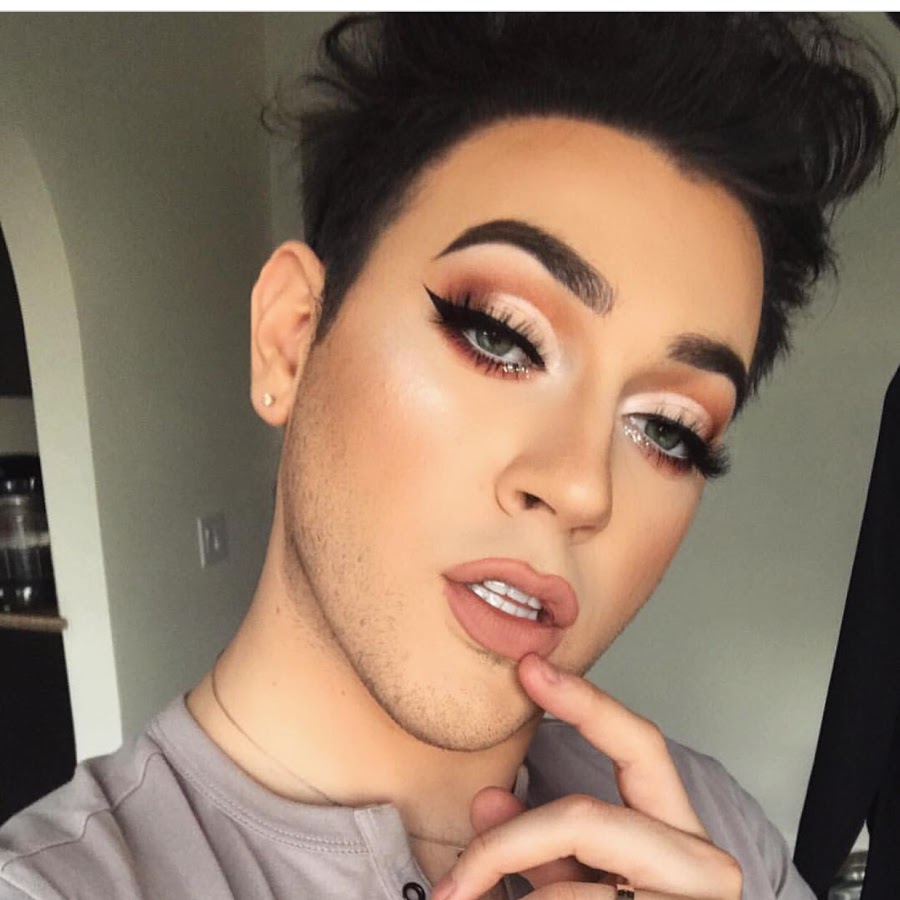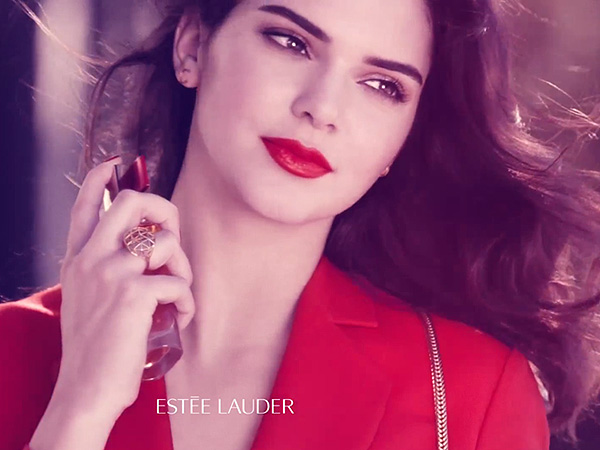
by Arundhati Roy

Share
TweetWhen our world made the shift from old media to new media, it opened up various new horizons for various people. Suddenly, interaction had become paramount and the old custom of a one-way communication was quickly modified into a two-way communication process. New Media quickly became a tool for people to project their voices out in the open, across the globe. Perhaps the most famous example of this is the Arab Spring and it beautifully immortalizes how a revolution was started from something whose power was unfathomable until then. New media has of course taken a huge turn down the road and has upgraded and moulded itself according to the sign of the times. The rise of new media has increased interaction between people all over the world and the Internet. It has allowed people to express themselves through blogs, websites, videos, pictures, and other user-generated media.
These days, the buzz word around town is ‘Social Media’. It can be described as a magical parallel universe where everyone seems to be on a level playing field, until somebody finds a way to escape the herd and become the leader themselves. These are the people who then go on to become the so called ‘influencers’ and mind you, they are no less than any deity in the virtual world. Digital influencers are the opinion makers in this particular universe. Why do people trust them, you might be wondering; it’s because influencers are often regarded as “regular people,” and this accessibility is what makes them popular.
This unique characteristic of the virtual world has exponentially altered the way brands approach their audience off of the realm of the television set. It has become a common joke that you can’t trust what you read on the internet, but research shows that more and more, consumers are looking to bloggers before they buy. The most popular online publishers tend to be honest and transparent when they talk about products and services, which drives their credibility. Besides, by repeatedly connecting with their audience and establishing their areas of expertise, bloggers become trusted sources of information. This explains why the top bloggers/video bloggers get PR packages from brands to try their products/services and talk about them among their circle. This practice ensures the leverage that a brand requires to keep their appeal intact, especially in a world where the potential for virility is high.

Shreya Jain is one of the most famous beauty bloggers in the country. With a following of more than 193,415 subscribers on YouTube, she is one of the most sought-after bloggers whose opinion matters. Every day, more and more brands are launching themselves in India and the existing ones are waking up to the potential of tapping into YouTube channels. Beauty brand Nykaa, for instance, religiously promotes the brand by collaborating with beauty bloggers like Shreya herself for placements, giveaways, videos, etc. The accessibility and authenticity of such digital influencers make them far more influential on today’s consumers than celebrities, especially when it comes to fashion and beauty trends. American beauty blogger, @mannymua, has over 2,929,443 subscribers on YouTube and is part of a growing trend of men wearing makeup and altering gender stereotypes, and his career online has exploded in just a few short years. His social media popularity has made him the first ever male brand ambassador for Maybelline makeup. This is a powerful example of how the social space is not defined for anybody and is open for free play.
With a following of more than 193,415 subscribers on YouTube, she is one of the most sought-after bloggers whose opinion matters. Every day, more and more brands are launching themselves in India and the existing ones are waking up to the potential of tapping into YouTube channels. Beauty brand Nykaa, for instance, religiously promotes the brand by collaborating with beauty bloggers like Shreya herself for placements, giveaways, videos, etc. The accessibility and authenticity of such digital influencers make them far more influential on today’s consumers than celebrities, especially when it comes to fashion and beauty trends. American beauty blogger, @mannymua, has over 2,929,443 subscribers on YouTube and is part of a growing trend of men wearing makeup and altering gender stereotypes, and his career online has exploded in just a few short years. His social media popularity has made him the first ever male brand ambassador for Maybelline makeup. This is a powerful example of how the social space is not defined for anybody and is open for free play.
A digital influencer's sole purpose is to share their style, making brand endorsements a natural fit. Because celebrities aren’t necessarily viewed as authorities on fashion or style, marketing campaigns with celebrities typically see less engagement and fall short when it comes to ROI.
However, it is not possible that the celebrities, who hold such power in the real world, have no say in the virtual one. Though they may be impersonal at times, celebrities still wield appeal and recognition, and savvy brands can benefit from strategic celebrity marketing campaigns. Estée Lauder, the legacy makeup brand, launched a new fragrance called Modern Muse Le Rouge with model and a well-known Kardashian family member, Kendall Jenner as the face of the campaign. Along with including her in its fragrance commercials, Estée Lauder had her concoct a signature lipstick hue. With 29.5 million Instagram and 11.2 million Twitter followers, the 19-year-old pulls a huge, young social media following behind her every move. But not every celeb with a social following is necessarily a good fit to find the right celebrity ambassador, a brand must have access to the relevant social media data of a certain celebrity which is often more than just follower counts.

Perhaps there is this urge to claim the attention back from the influencers, that has made certain celebrities embrace the social media savvy life. When brands tap on to the social media communities of these celebrities, it presents a transparent approach to the partnership between the brand and the celebrity. It also provides mileage in the long run because it’s easy to classify a TV commercial or billboard as a staged production, but utilizing his or her actual social channels creates a unique and personal allure to fans and followers. The fact that social media provides us unprecedented insights into the lives of celebrities means it also has the power to make these endorsements seem all the more believable.
Online publishers have extremely close ties to their communities and a smart investment is to find bloggers who are extraordinary not because of their worldwide fame, but because of their ability to connect with people because social media offers that luxury of a certain level of intimacy which is not possible through a T.V. screen or a print ad. Marketing gains traction online from communities that share information and learn from one another. At the end of the day, trust drives action. While celebrities have an audience, they don’t necessarily inspire trust.